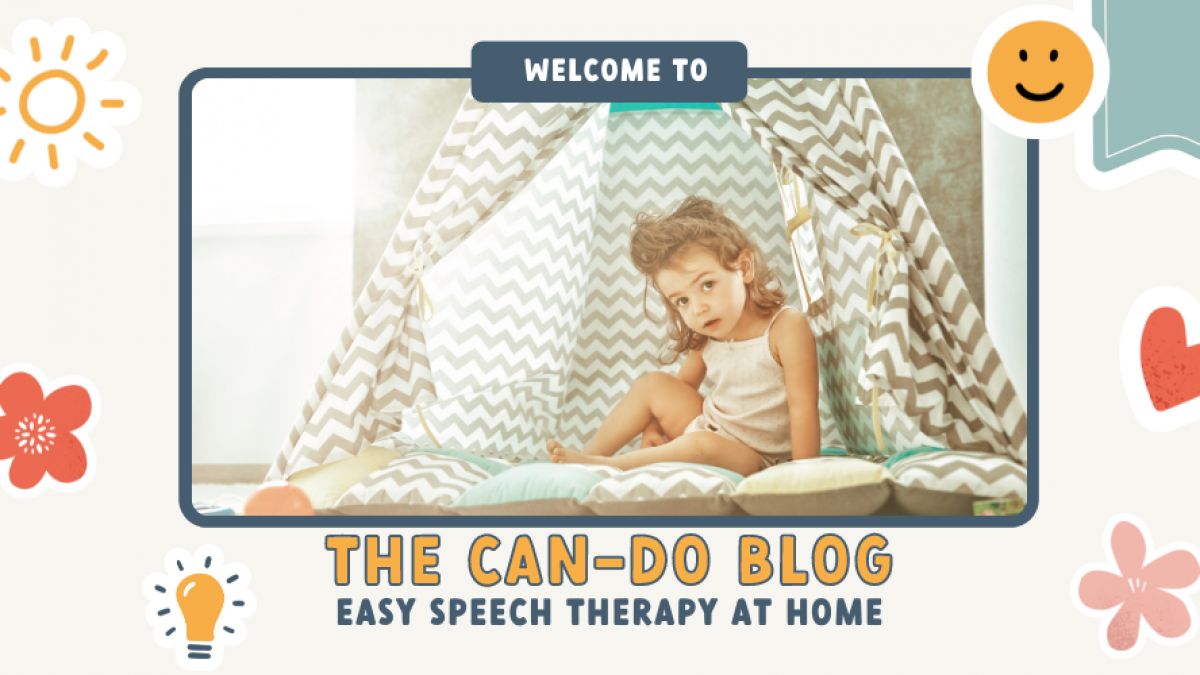Language Development: Where is my child?

The Can Do Approach recognises 5 ‘stages’ of language development and 4 ‘communication types’.
To help your child with their speech and language it is important to recognise where they are in terms of their development and to consider their communicative ability. The Can Do Approach recognises 5 ‘stages’ or ‘levels’ of language development and 4 ‘communication types’.
Turning first to the stages of language development: If you child is exploring their environment, people, objects, looking and listening but very much doing it on their own terms and not involving you (yet) they are an ‘Explorer’ (Stage 1). They might be picking things up looking at them, wandering around the room, touching things, doing things with their own bodies to explore what happens when they bang or shake something. This ‘explorer’ phase is a really important and comes before they communicate directly with you.
Stage 2 is our ‘Message Senders’. Initially a baby will cry because they are responding to a feeling of tiredness or wetness or being hungry, as a responsive parent you are tuned in to that and will feed them, or change their nappy, you interpret those cries but the baby wasn’t deliberately saying ‘I’m hungry’ or ‘I need my nappy changed’ they were just responding to how they feel. When they become ‘Message Senders’, they start to send messages deliberately, they look at you and look at something else, they take your hand and pull you to something, they put their hands up to be picked up. They are giving you a message even though they are not talking. This phase can last for a long time before first words develop.
Stage 3 is our ‘First Word Users’. Children might be using single words or sounds that you understand but other people don’t, but we accept those utterances as words because they are telling us and looking at us and sending us that message. We aren’t worried at this stage if the words are clear or not we just want children to use those words and to develop their vocabulary and keep adding words to it until they have about 50 single words. These first words will be things of interest or importance to the child which can be found in their immediate environment. Once they have around 50 single words children begin to combine 2 words together.
These children are our ’Phrase Users’ (Stage 4). Phrase users start to combine ideas, adding verbs and nouns, or adding a description, for example they might say, ‘big teddy’, or ‘bye bye daddy’ or ‘cat and teddy’. Once they have begun to use lots of different combinations of two words, they will start to use 3 and 4 word phrases and grammar will start to develop. Children at this stage are in our 5th stage of language development, they are our ‘Sentence Users’(Stage 5).
It is important to keep in mind that for some children, language development doesn’t happen entirely in ‘textbook’ fashion so for example some children may have words but not use them communicatively while others may use sentences which are so unclear that it is really hard for them to get their message across. Nonetheless these generalised stages allow you to understand where your child is in terms of their developing language and provide a common vocabulary and understanding which are at the centre of the can-do approach.
Considering your child’s communicative ability is also important, so how are they interacting with you and others. Some children are very sociable and capable of initiating communication with us (message sending) but also responding for example if we ask them a question. These ‘Sociable Children’ can initiate and respond. A second group of children (Own Agenda Children) are good at initiating but not very good at responding. These children seem to be in their own world, they often don’t respond to their name but if they want something they will give that message to you. When communication and speech are difficult, a really good safety or protective mechanism is to only communicate on their own terms, hence why they are often described as ‘having their own agenda’. A third group of children find it difficult to initiate and respond. We call these children ‘Passive Communicators’. They might be very happy and settled children but the world tends to pass them by to some extent as they are neither able to initiate or respond communicatively. The fourth and final group are the ‘Reluctant Communicators’. This is a child who will respond to you if you ask but who does not initiate communication with you. These might be the children who fall under the radar in a class room setting, their language difficulties going unnoticed as if they are questioned at the right level they respond well but they don’t use language in all its functions.
Understanding where your child is in terms of the 5 stages of language development and also which of the 4 groups they are in, in terms of communicative ability is an important first step in being able to provide them with tailored and effective speech and language support.
 Joanne Jones
Joanne Jones 